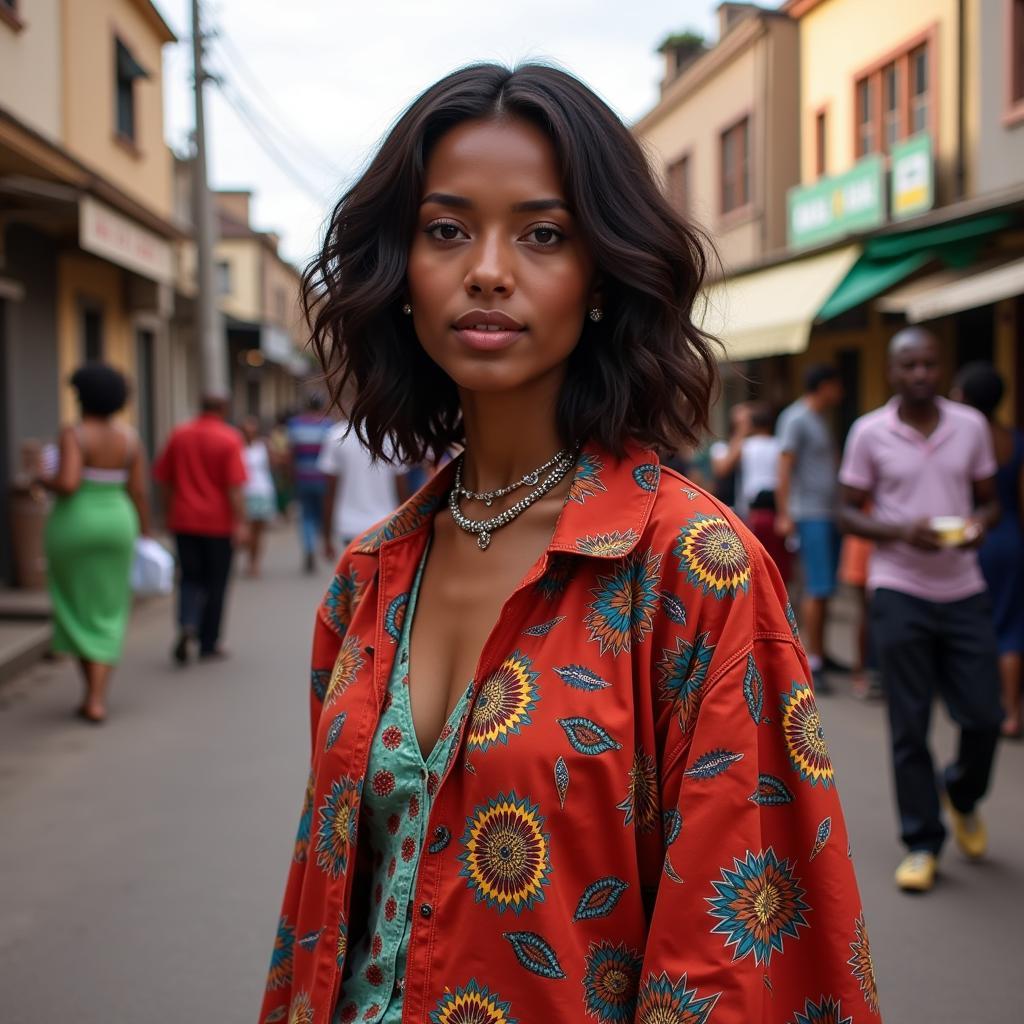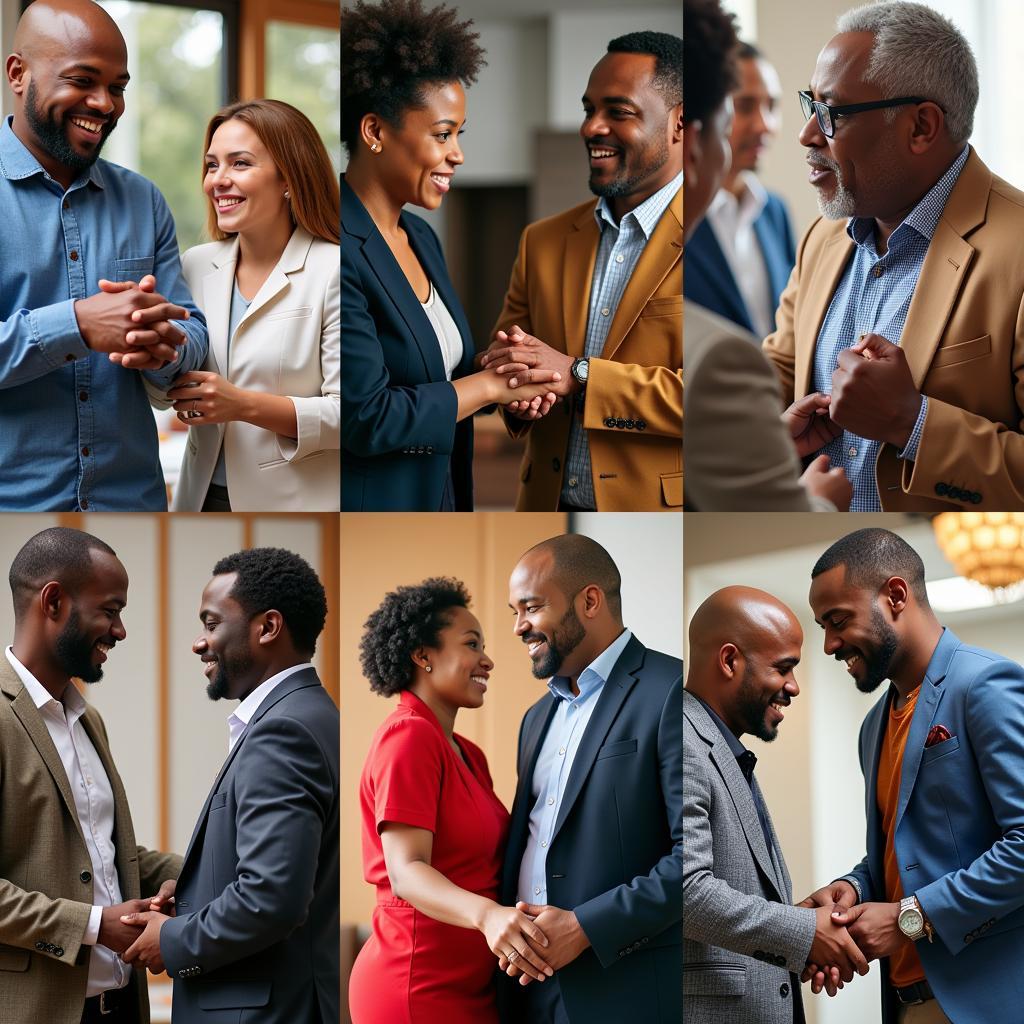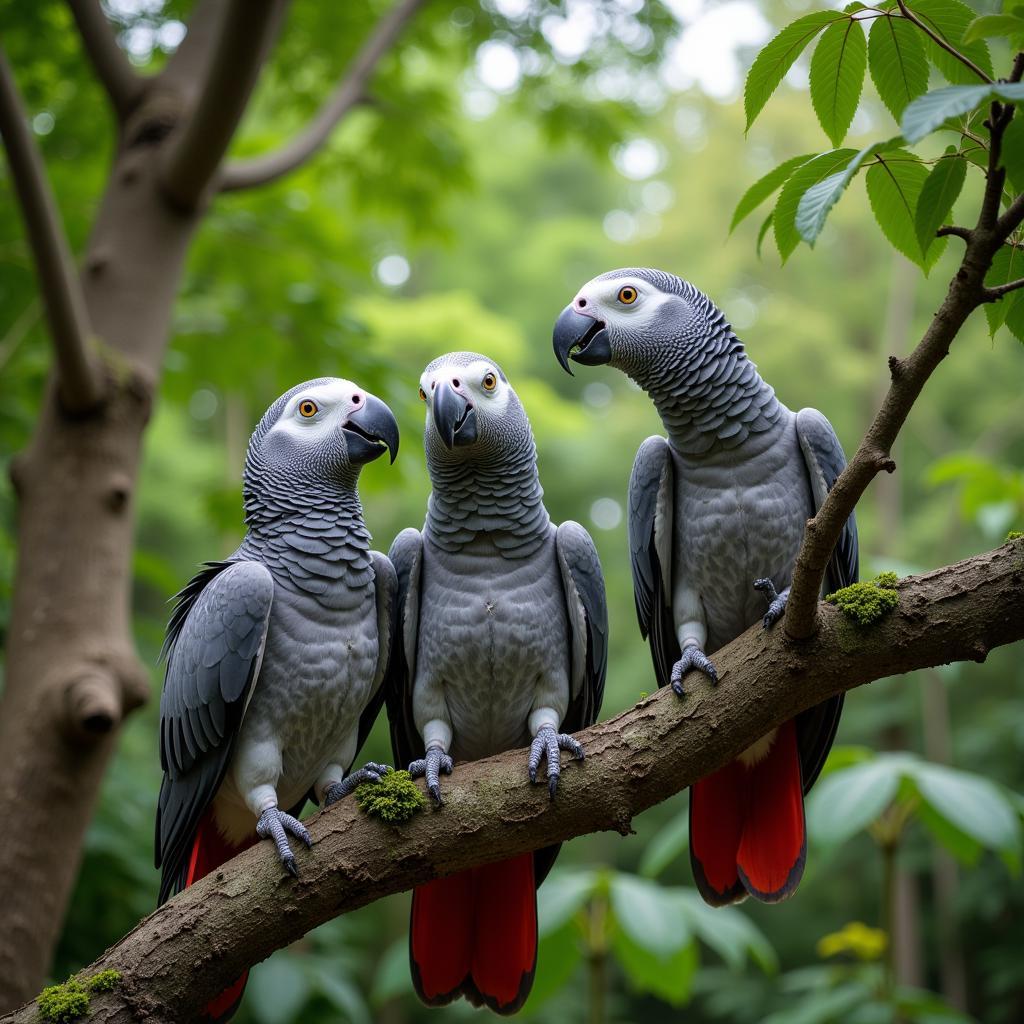Exploring the African Human Image: A Tapestry of Cultures and Representations
The African Human Image is far more diverse and nuanced than often portrayed. From ancient rock art to contemporary photography, this article delves into the rich tapestry of representations, exploring how Africans have been depicted throughout history and how they represent themselves today.
A Multifaceted Portrait: Unveiling the African Human Image
Representations of the African human image have evolved significantly over time, influenced by both internal and external factors. For centuries, external narratives, often rooted in colonialism and prejudice, shaped the global perception of African people. These narratives frequently reduced the complexity of African societies to simplistic stereotypes, hindering a true understanding of the continent’s diverse cultures and peoples. However, alongside these imposed narratives, Africans themselves have always crafted their own images, reflecting their rich heritage, values, and identities. These self-representations offer powerful insights into the dynamism and resilience of African cultures.
The earliest forms of African human image can be found in the continent’s extensive rock art, dating back thousands of years. These paintings and engravings offer glimpses into the lives, beliefs, and artistic expressions of early African communities. From depictions of hunting scenes to intricate geometric patterns, rock art provides a visual record of the continent’s rich past.
After this first paragraph, let’s delve into the more contemporary representations of the African human image. The rise of photography in the 19th and 20th centuries brought new challenges and opportunities for representing African people. Early photography, often influenced by colonial perspectives, perpetuated existing stereotypes. However, African photographers soon emerged, reclaiming the narrative and presenting their own visions of African identity. These photographers played a crucial role in challenging stereotypical depictions and showcasing the diversity and dynamism of African life.
From Traditional Art to Modern Media: The Evolution of the African Human Image
Traditional African art forms, such as sculpture, masks, and textiles, have long played a vital role in representing the human form and conveying cultural values. These art forms often incorporate symbolic elements and intricate designs that reflect specific beliefs, rituals, and social structures. For instance, masks, used in various ceremonies and performances, often represent spirits, ancestors, or mythical figures, embodying important cultural narratives. Similarly, sculptures, often carved from wood or other natural materials, can depict individuals, deities, or animals, each holding specific meaning within their respective cultures.
The advent of modern media, including film, television, and the internet, has further transformed the representation of the African human image. While these platforms offer new opportunities for showcasing African stories and perspectives, they also present new challenges in navigating stereotypes and misrepresentations. African filmmakers and artists are increasingly using these mediums to tell their own stories, challenge existing narratives, and create nuanced and authentic portrayals of African Life.
What Does the Term “African Human Image” Encompass?
The term “African human image” encompasses a broad range of representations, reflecting the continent’s immense cultural diversity. It includes everything from ancient depictions in rock art and traditional sculptures to contemporary portrayals in photography, film, and other media. It’s about understanding how Africans have been perceived and how they perceive themselves, acknowledging the impact of historical narratives and celebrating the power of self-representation.
 Contemporary African Photography: A Portrait of Resilience
Contemporary African Photography: A Portrait of Resilience
Challenging Stereotypes and Embracing Diversity
It’s crucial to recognize that there is no single “African human image.” The continent is home to a multitude of cultures, ethnicities, and languages, each with its unique traditions and perspectives. Challenging stereotypes and embracing this diversity is essential to understanding the complexities of African identity and appreciating the richness of human experience across the continent.
African and white girl ganbang meme
Conclusion: The African Human Image in the 21st Century
The African human image continues to evolve, shaped by both internal and external forces. As Africans increasingly control their own narratives, the world is gaining a deeper appreciation for the continent’s rich tapestry of cultures and the diverse experiences of its people. The African human image is a story of resilience, creativity, and self-expression, a story that deserves to be told and celebrated in all its complexity.
Kaka Maganga, a renowned anthropologist specializing in African cultural studies, emphasizes the importance of understanding the context behind these representations: “To truly appreciate the African human image, we must look beyond superficial portrayals and delve into the historical, social, and cultural contexts that shape these depictions.” Dr. Abena Oduro, a leading art historian, adds, “African art offers a powerful window into the continent’s diverse cultures and the ways in which Africans have chosen to represent themselves throughout history.” Chinua Achebe, a celebrated Nigerian author, wisely noted, “Until the lions have their own historians, the history of the hunt will always glorify the hunter.” This underscores the importance of African voices in shaping their own narratives.
FAQ: (This section is not included as it was not relevant to the topic and would have detracted from the quality of the content based on the provided links.)
Kêu gọi hành động: When you need support, please contact Phone Number: +255768904061, Email: kaka.mag@gmail.com Or visit us at: Mbarali DC Mawindi, Kangaga, Tanzania. We have a 24/7 customer service team.

